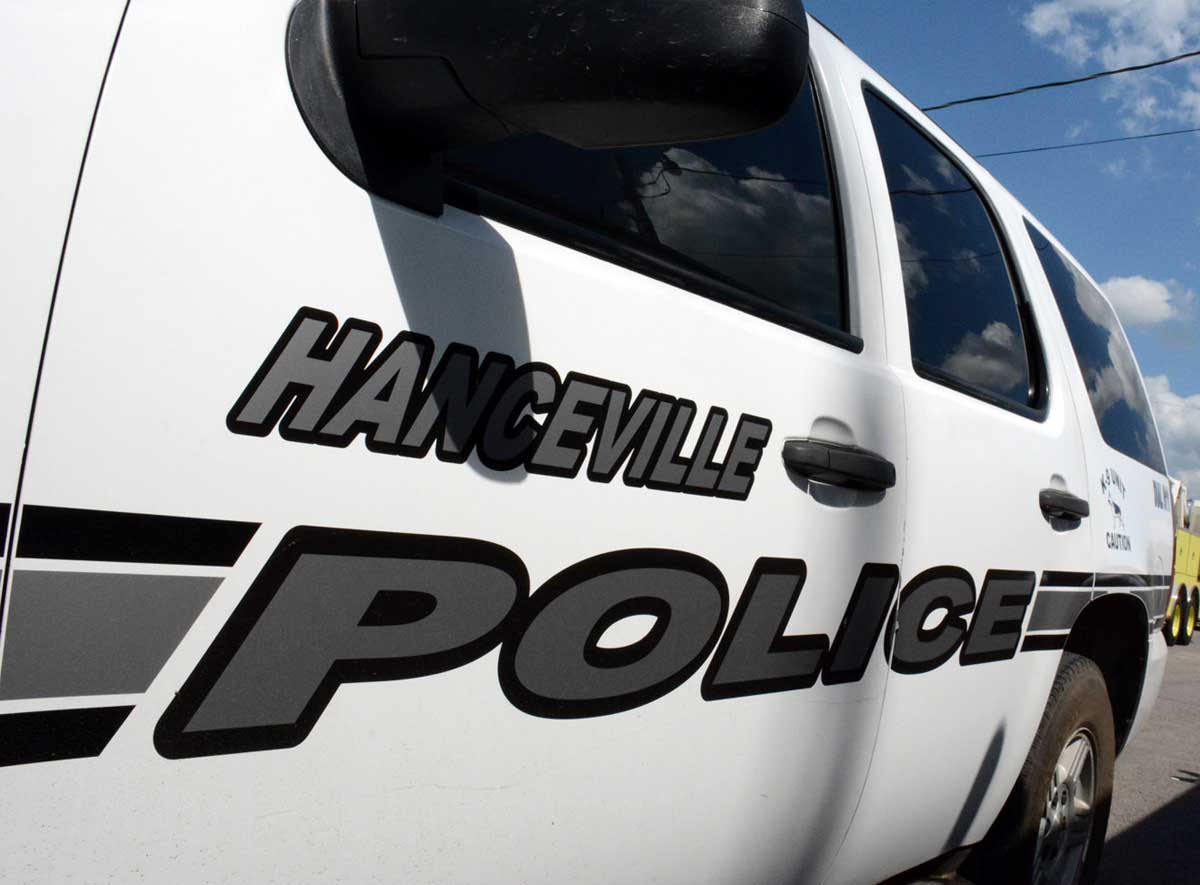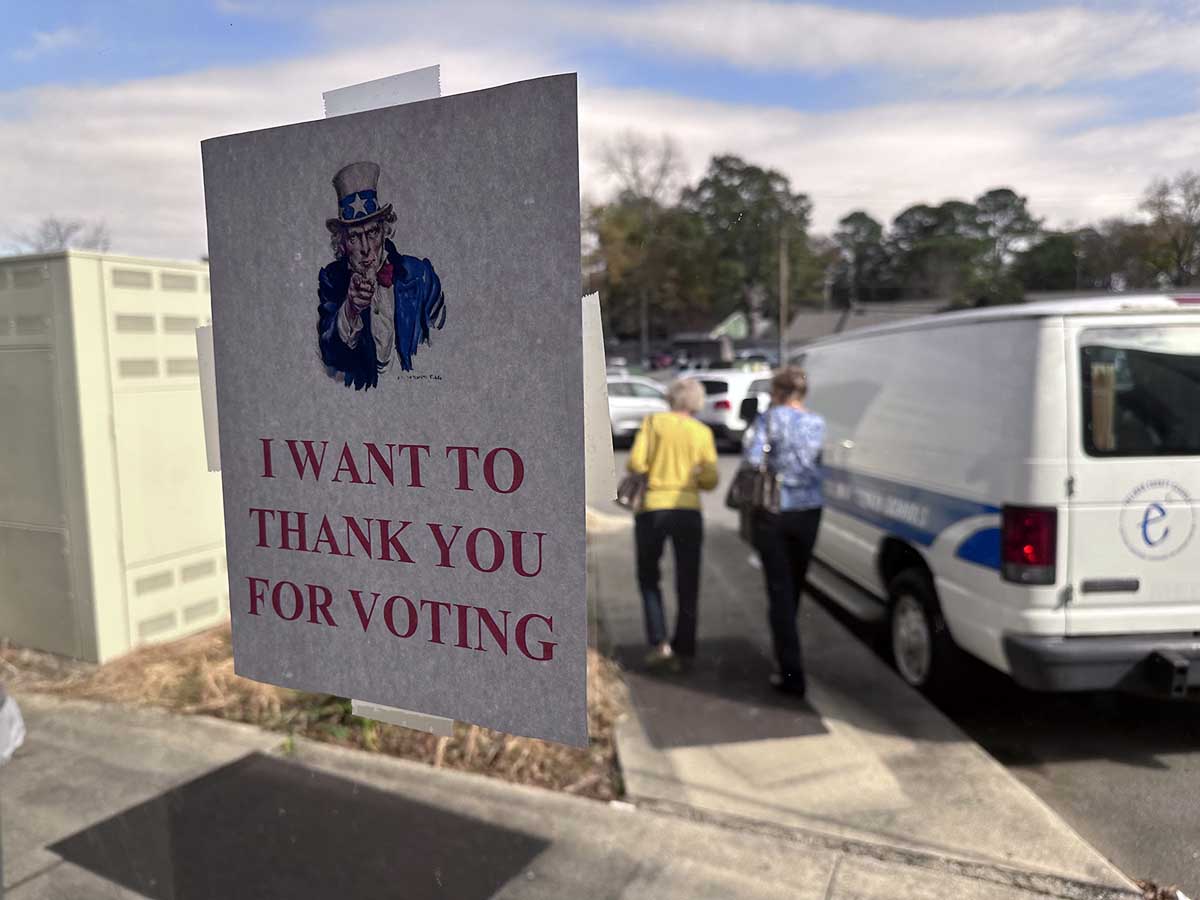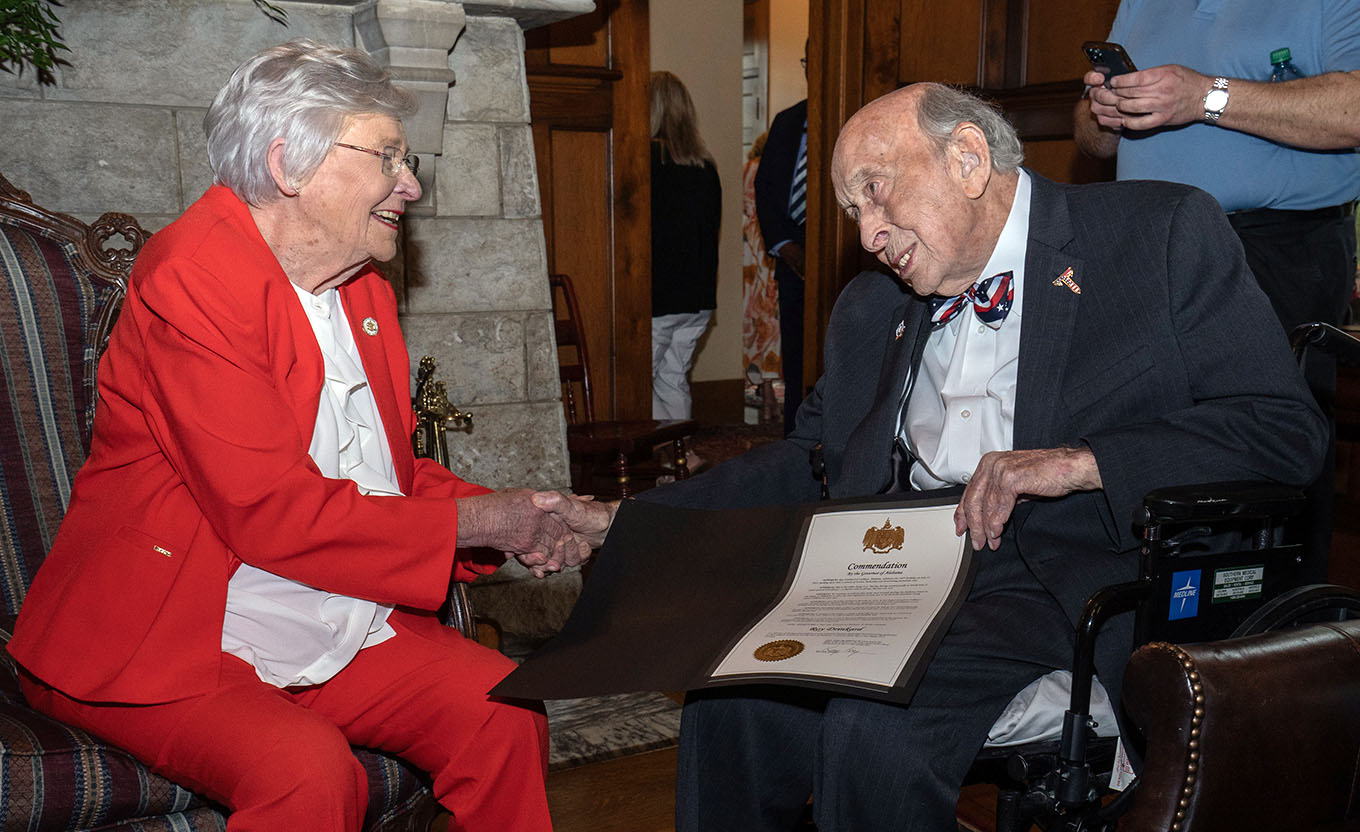(Our view) State needs to help families
Published 5:00 am Saturday, November 14, 2020

- Editorial
Alabama finds itself in a situation: The state has about six weeks left to use approximately $400 million or send the money back to the U.S. government. The money is what is left of the nearly $1 billion the state received from the federal CARES Act, which carried the stipulation that all funds had to be used by the end of the year or be returned to the federal government. We don’t advocate spending money for the sake of spending money, but there is definitely a need among Alabamians for further help from the damage the coronavirus has inflicted upon our state.
Governor Kay Ivey’s office has indicated they are considering the “need to shift funds again to potentially address areas that will impact our economy, specifically small businesses.” While we are big supporters of small businesses and recognize the value they bring as employers and taxpayers to the state’s economy, there have been several state and federal programs that have assisted them through this pandemic. The Small Business Administration, as recently as Oct. 31, was accepting applications for disaster loans for businesses impacted by the pandemic.
Trending
Alabama’s sales tax revenues – higher this year than in 2019 despite the economic disruption – would further indicate that while some small businesses have no doubt been adversely affected, many have found ways to adapt and thrive.
But families are not thriving. Even in Cullman County, which has boasted one of the lowest unemployment rates in the state, families are hurting. Food banks and other non-profits that provide produce or meals for families say they’ve seen more people than ever since this pandemic began. The USDA’s Farmers to Family food boxes has distributed more than 100 million boxes of food to American families, an indication of the great need that is out there.
Food insecurity existed prior to the novel coronavirus. According to USDA research, 10.5 percent of American households were food insecure at some point in 2019. Alabama’s rate of food insecurity ranked above the national average. According to Feeding America, Alabama’s rate of food insecure households is 19.2 percent. “In Alabama, 829,220 people are struggling with hunger – and of them 251,800 are children,” according to the organization.
Since March, more families are experiencing periods of not having enough food, as evidenced by the greater need for food programs locally and statewide.
For children, not having enough food can affect their cognitive development, their ability to concentrate and learn, their physical health and their mental health.
Investing the remaining CARES money in programs to get food onto tables and into the bellies of our children is an investment into the future of these children.
Trending
The federal government did not give the states much time – in government time – to use the CARES Act funding. Unless the deadline is extended into 2021, the state will have to act quickly to distribute the money.
Fortunately, Alabama has food banks and nonprofits that are established, experienced and ready to turn dollars into dinners. There are many needs facing Alabamians as a result of the COVID-19 pandemic, but hunger is a pre-existing condition for many Alabama families and covid has just made it worse. Gov. Ivey has an opportunity to alleviate the stress, anxiety and hunger these families are facing. We encourage her to do so by allocating a good chunk of the remaining funds to food programs.





